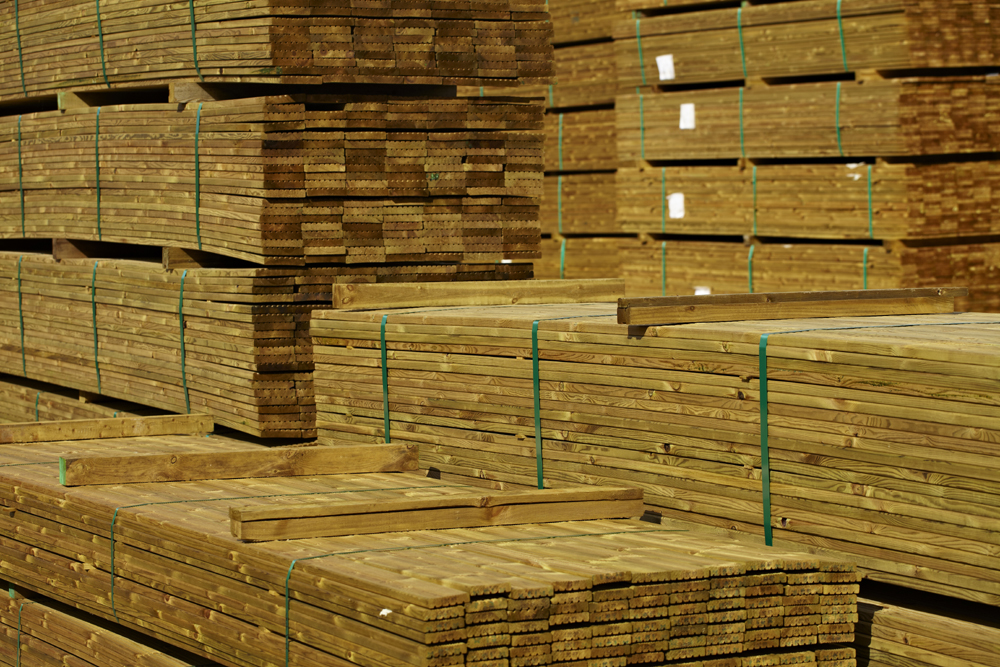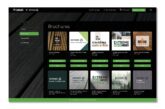
The Timber Trade Federation’s MD, David Hopkins, highlights the key measures creating greater trust in timber.
Homeowners’ enthusiasm for the natural look and feel of wood is growing, if the number of wood-featuring projects in recent years entered for the FMB’s Master Builder Awards is anything to go by. The finished buildings may look splendid but the builder is at the sharp end of things, attempting to balance cost, availability and aesthetics on behalf of the customer. Part of that is ensuring that the timber you’re using is fit for its intended purpose.
Many builders’ merchants have invested in training their staff in timber topics, but with staff turnover in any business being unpredictable, especially in current times, it pays the builder to be in full possession of the facts when standing at the trade counter. Take ‘treated timber’ as an example. The merchant may list it as ‘green treated’ or ‘brown treated’, but does that mean the ‘treated timber’ will last well in situ?
There are different types of preservative timber treatment and each is linked to the end use of the timber concerned. The TTF, as part of our ‘Trusted Timber’ campaign, is trying to make builders and the general public aware that decking joists should have received a Use Class 4 timber treatment. This means they are suitable for use in contact with, or actually in, the ground. Many Use Class 4 treatments also come with a guarantee of longevity. It’s worth asking the merchant for evidence that this treatment has been applied.
Merchants selling joist material with a ‘green treatment’ may well be selling timber treated for Use Class 2: for interior use only, where it will rarely, if ever, receive a wetting. Such joists won’t last in ground contact under decking. There is also an intermediate class of treatment, Use Class 3, which is for external timbers used only above ground: timber cladding is an example. Next time you order from your merchant, make sure you ask for the appropriate level of preservative timber treatment.
Another area worth learning more about concerns the different categories of plywood. No-one wants to see avoidable situations on site where the wrong type of plywood has delaminated, causing safety or performance issues. We’re talking here about the nitty gritty of the glue bonds which hold the layers of material together within the plywood structure. They do differ, and you need to be aware of their advantages and pitfalls.
Research a few years back by the Timber Trade Federation found that a high proportion of plywoods imported from China were inaccurately described, both in terms of species content and glue bonds. Since January 2018 all members of the Federation have been committed to conducting additional third-party independent glue bond and species content testing, and having their actions audited through our Responsible Purchasing Policy due diligence system.
To keep you and your workers safe on site, plywood with a Class 1 EN314 Glue Bond is only suitable for dry interior situations. You may find this labelled as ‘Use Class 1 Dry Interior only’ or as ‘EN636-1S Dry (Internal)’. It should not be exposed to moisture at any time during a build. Plywood listed as EN636-2S with and EN314 Class 2 Glue Bond on the product’s Declaration of Performance (DOP), is suitable for Use Class 2 situations: where the build conditions may be humid, where it comes into contact with condensation, or where the product may receive a rare wetting.
EN636-3S plywood with an EN Class 3 Glue Bond for Use Class 3 can be used in either of the previous two applications but is primarily intended for situations where it could be exposed to the weather during construction. Further information will be found in the DOP.
Continuing our work to maintain timber’s trusted reputation with builders, our current research is focusing on engineered wood flooring and whether it too is, and does, ‘what it says on the tin’. As a general rule of thumb, if it sounds an offer too good to be true it probably is just that, and is best avoided. Above all, you – and your customer – should prioritise obtaining timber you can Trust.
![]()







